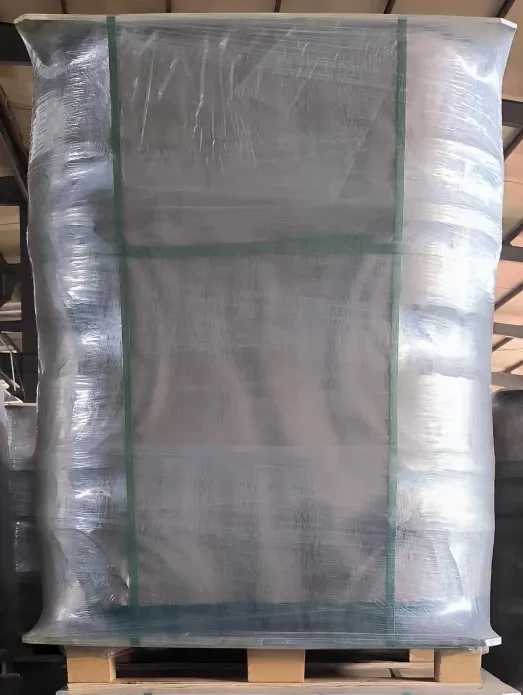
-
 Afrikaans
Afrikaans -
 Albanian
Albanian -
 Amharic
Amharic -
 Arabic
Arabic -
 Armenian
Armenian -
 Azerbaijani
Azerbaijani -
 Basque
Basque -
 Belarusian
Belarusian -
 Bengali
Bengali -
 Bosnian
Bosnian -
 Bulgarian
Bulgarian -
 Catalan
Catalan -
 Cebuano
Cebuano -
 Corsican
Corsican -
 Croatian
Croatian -
 Czech
Czech -
 Danish
Danish -
 Dutch
Dutch -
 English
English -
 Esperanto
Esperanto -
 Estonian
Estonian -
 Finnish
Finnish -
 French
French -
 Frisian
Frisian -
 Galician
Galician -
 Georgian
Georgian -
 German
German -
 Greek
Greek -
 Gujarati
Gujarati -
 Haitian Creole
Haitian Creole -
 hausa
hausa -
 hawaiian
hawaiian -
 Hebrew
Hebrew -
 Hindi
Hindi -
 Miao
Miao -
 Hungarian
Hungarian -
 Icelandic
Icelandic -
 igbo
igbo -
 Indonesian
Indonesian -
 irish
irish -
 Italian
Italian -
 Japanese
Japanese -
 Javanese
Javanese -
 Kannada
Kannada -
 kazakh
kazakh -
 Khmer
Khmer -
 Rwandese
Rwandese -
 Korean
Korean -
 Kurdish
Kurdish -
 Kyrgyz
Kyrgyz -
 Lao
Lao -
 Latin
Latin -
 Latvian
Latvian -
 Lithuanian
Lithuanian -
 Luxembourgish
Luxembourgish -
 Macedonian
Macedonian -
 Malgashi
Malgashi -
 Malay
Malay -
 Malayalam
Malayalam -
 Maltese
Maltese -
 Maori
Maori -
 Marathi
Marathi -
 Mongolian
Mongolian -
 Myanmar
Myanmar -
 Nepali
Nepali -
 Norwegian
Norwegian -
 Norwegian
Norwegian -
 Occitan
Occitan -
 Pashto
Pashto -
 Persian
Persian -
 Polish
Polish -
 Portuguese
Portuguese -
 Punjabi
Punjabi -
 Romanian
Romanian -
 Russian
Russian -
 Samoan
Samoan -
 Scottish Gaelic
Scottish Gaelic -
 Serbian
Serbian -
 Sesotho
Sesotho -
 Shona
Shona -
 Sindhi
Sindhi -
 Sinhala
Sinhala -
 Slovak
Slovak -
 Slovenian
Slovenian -
 Somali
Somali -
 Spanish
Spanish -
 Sundanese
Sundanese -
 Swahili
Swahili -
 Swedish
Swedish -
 Tagalog
Tagalog -
 Tajik
Tajik -
 Tamil
Tamil -
 Tatar
Tatar -
 Telugu
Telugu -
 Thai
Thai -
 Turkish
Turkish -
 Turkmen
Turkmen -
 Ukrainian
Ukrainian -
 Urdu
Urdu -
 Uighur
Uighur -
 Uzbek
Uzbek -
 Vietnamese
Vietnamese -
 Welsh
Welsh -
 Bantu
Bantu -
 Yiddish
Yiddish -
 Yoruba
Yoruba -
 Zulu
Zulu
Brake Drum Wear
Understanding Brake Drum Wear and Its Implications
Brake drums are crucial components of a vehicle's braking system, playing a vital role in ensuring safe and effective stopping power. Over time, these components experience wear due to friction, heat, and environmental factors, which can affect their performance and the overall safety of the vehicle. Understanding brake drum wear, its causes, and maintenance is essential for vehicle owners to ensure their cars operate efficiently.
Causes of Brake Drum Wear
Brake drum wear typically results from several factors. Primarily, the friction generated between the brake shoes and the drum during the braking process leads to material degradation. This friction produces heat, which can cause the drum to warp or crack if the temperatures exceed certain thresholds. Additionally, heavy braking or aggressive driving habits can accelerate wear, as can poorly maintained braking systems that may cause uneven wear patterns. Contaminants like dirt, moisture, or oil can also contribute to premature brake drum wear, affecting performance and safety.
Signs of Worn Brake Drums
brake drum wear

Recognizing the signs of brake drum wear is vital for vehicle safety. One of the most noticeable indicators is a decrease in braking efficiency. If the vehicle takes longer to stop or if the brakes feel less responsive, it could be a sign that the brake drums are worn. Other symptoms include unusual noises, such as grinding or squeaking, which may indicate that the brake shoes are making direct contact with the drum due to insufficient material. Vibration or pulsation when braking can also point to warped drums, necessitating immediate attention.
Maintenance and Replacement
Regular maintenance is key to extending the life of brake drums. This includes routine inspections, cleaning, and timely replacement of worn brake shoes, as failing to do so can lead to further damage to the drums. Drivers should also follow the manufacturer's recommendations for brake maintenance and be mindful of their driving habits to mitigate excessive wear. If a brake drum shows significant wear — typically measured in terms of thickness – it should be replaced. Ignoring these signs can result in more severe braking issues and increased repair costs.
Conclusion
In conclusion, brake drum wear is an essential aspect of vehicle maintenance that should not be overlooked. Understanding the causes, recognizing the signs, and committing to regular maintenance will help ensure that the braking system functions safely and efficiently. Vehicle owners who stay proactive about brake drum care can enhance their driving experience and ensure the safety of themselves and others on the road. Regular checks not only prevent potential accidents but also contribute to the longevity of the entire braking system.
-
What Are Drum BrakesNewsJul.07,2025
-
Understanding Brake Drum MaterialNewsJul.07,2025
-
Semi-Trailer Brake Drum: A Key Component for Extreme Loads and Long-Distance TransportNewsJul.07,2025
-
Drum Brake Pads for SaleNewsJul.07,2025
-
Brake Drums for SaleNewsJul.07,2025
-
Brake Drum ManufacturerNewsJul.07,2025
-
Aluminum Brake Drums: The Future of High-Performance CarsNewsJul.07,2025
